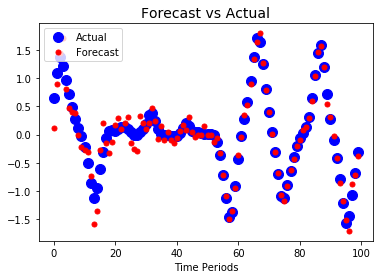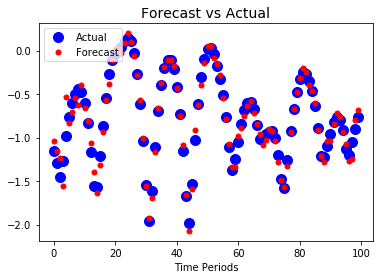recurrent neural network based project
Physics + Machine Learning
The double pendulum is a complex physical system which behaves chaotically (refer to the simulation). Forecasting of such a complex system with the help of Deep Learning Architecture gives us a glimpse of what can be achieved with the application of AI algorithms in complex problems of natural sciences. The solutions can be obtained with the help of such new tools that previously required backbreaking handcrafted traditional solutions.
The position of the bob of doubt pendulum was forecasted based on the factors like its initial position and lengths of the rods. RNN was trained with the initial positions and movement of the bob then used it to extrapolate the path of the double pendulum bob. Different double pendulum parameters were tested to obtain an optimal system that can achieve the desired position or that can travel through the desired path. Being able to forecast such a complex system enables us to use the same techniques in complex scientific problems. We used the same technique for the forecasting of the projectile trajectory. We used the initial position of projectile particles, their initial velocity, angle of launch to train the RNN.
In the near time, these projects can be modified to predict the future of highly unstable systems such as weather or health-related issues.
The RNN Network was trained on : Workstation Xeon Processor , 16GB GPU, Ubuntu
Training sample: 10 million, each batch contains 10K sample


